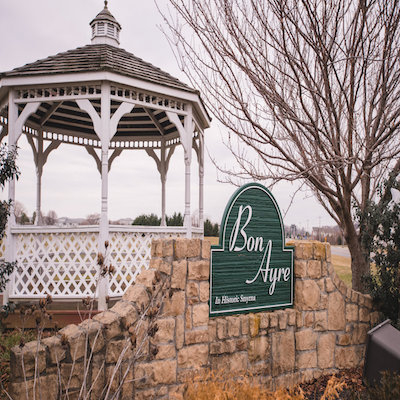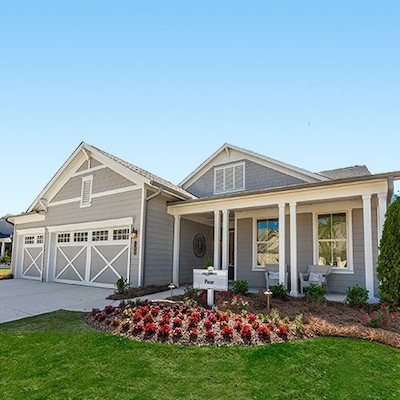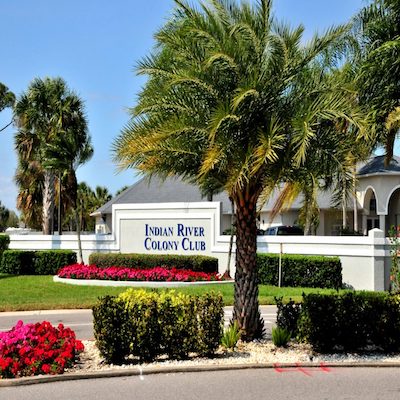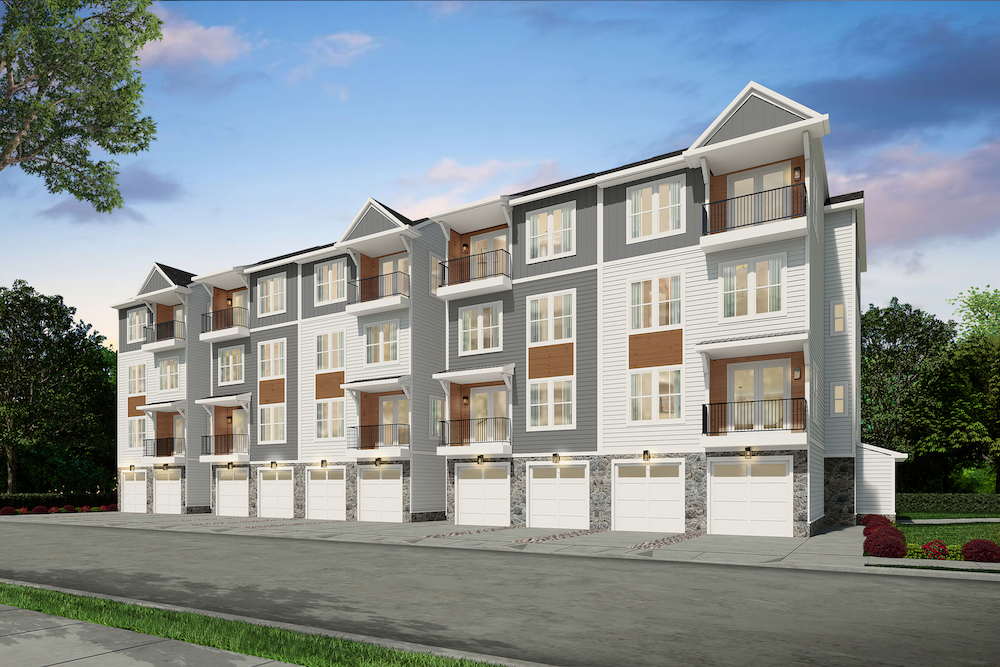What Are the Best Green Retirement Communities
What Are the Best Green Retirement Communities?
By Carol Gulyas
Editors Note: ‘‘Topretirements.com asked Carol Gulyas of Greengeezer.com to give her thoughts on the status of green retirement communities – this article is her generous contribution.”
Baby boomers are known for their interest in the green movement, going back to even before the very first “Earth Day”. Now that the oldest boomers are old enough to be thinking about retirement communities, many of them have the notion that those should be green, or environmentally sustainable. In some cases, unfortunately, builders and developers are seeking to profit from that interest without actually delivering a sustainable product. This article will help you understand some of the basic principles of sustainability, as well as how to evaluate greenness claims made about your new community.
What is “green”?
A “green” community or home:
• Meets or beats the EPA’s Energy Star standards – http://www.energystar.gov/
• Achieves high standards of indoor air quality
• Uses building materials that are locally produced and or/recycled
• Incorporates water conservation and storm water management
• Achieves a minimal footprint on the land
• Keeps carbon emissions low through use of renewable energy or super-efficient building envelopes
Baby boomers have other demands for their retirement communities that feed into the green movement – ready access to culture, shopping, and public transportation. This means that boomers will want to live in a “non-sprawl” location, which is consistent with principles of green living. With its public transportation and denser housing, an urban setting is inherently more sustainable than most suburban or small town living situations.
Caveat Emptor –Green is More Than Just a Word
Many developers sprinkle their marketing language with words suggesting environmental sensitivity (“eco-sensitive” is one of the terms connoting much but promising little), while planting their developments smack in the middle of wetlands, farmlands and forests, miles from any store, cultural amenities, or public transportation. “Greenwashing”, as this is called, is unfortunately very common. The golf courses in many of these communities, generally an environmental scourge due to heavy pesticide and water use, do not help (information on making a golf course more sustainable can be found at Audubon International – Be wary of communities that talk about protecting natural resources, environmental quality, and biodiversity – without any tangible proof that these are more than marketing claims (see list of general principles above). A “green” standard has been developed for private homes, and is in its pilot phase, while the commercial green standard has been implemented nationwide. If there are communal buildings in the development you are investigating, see if those meet the LEED certification standards. LEED stands for Leadership in Energy and Environmental Design, and was developed by the U.S. Green Building Council. http://www.usgbc.org/ The Council is a non-profit, non-government entity that seeks to change the way buildings and communities are designed, built, and operated. In Colorado and Washington the Home Builders Associations have created the Built Green© (http://www.builtgreen.org/default.htm) trademark; these standards are expected to be adopted more widely as the industry adapts to the demand for environmental features. An example of a community that is true to sustainability practices is Lily Valley in Hattiesburg, Mississippi – The Frank Lloyd Wright School of Architecture is tapping into the legacy of its namesake as it plays a central role in the design of a “sustainable, natural, holistic community” at Lily Valley.
Alternative Communities – Cohousing
If you are seeking a “green” community that is not age-segregated you might want to consider some alternative forms of community. One place to start is the Co-Housing Association of the United States (http://www.cohousing.org/default.aspx). Co-housing is a growing movement, imported from Europe, in which members own their own homes but share some elements (such as a large community building, major tools and other large expensive items) in common. Sustainability is a central concern, starting with the footprint the development makes on the land. Clustering homes together facing into a common play/garden area means neighbors see one another every day. The use of renewable energy and water management methods are common. Multiple generations keep older people from isolation and let them be part of youngsters’ lives. The Cohousing website – http://www.cohousing.org/default.aspx – provides a community directory, and if you join their email list, you’ll not only hear of new units for sale and opportunities to try out a cohousing community for a short visit, but you’ll get a sense of the way these communities work out problems and organizational issues using consensus. (http://www.ic.org/nica/Process/Consensusbasics.htm) Another great resource is the Fellowship for Intentional Community, http://www.ic.org/ which links groups as diverse as urban cooperatives and eco-villages, and helps refer people to communities that might be right for them. Also check out Open your mind and you may find the green community that’s right for you, or even start one yourself.
Resources:
U.S. Green Building Council – LEED Certification
http://www.usgbc.org/
Cohousing Association of the United States
http://www.cohousing.org/default.aspx
Fellowship for Intentional Community
http://www.ic.org/
Urban Ecovillage Network
http://urban.ecovillage.org/
Ecovillage Network of the Americas
http://ena.ecovillage.org/English/index.html
Creating a Life Together: Practical Tools to Grow Ecovillages and Intentional Communities, by Diana Leafe Christian Finding Community: How to Join an Ecovillage or Intentional Community, by Diana Leafe Christian Built Green® – http://www.builtgreen.org/
Bureau of Business Research and Economic Development – “How the Retirement of Baby Boomers Will Affect You – Part II”
http://www.livingoak.org/index.php?option=com_content&task=view&id=75&Itemid=48





